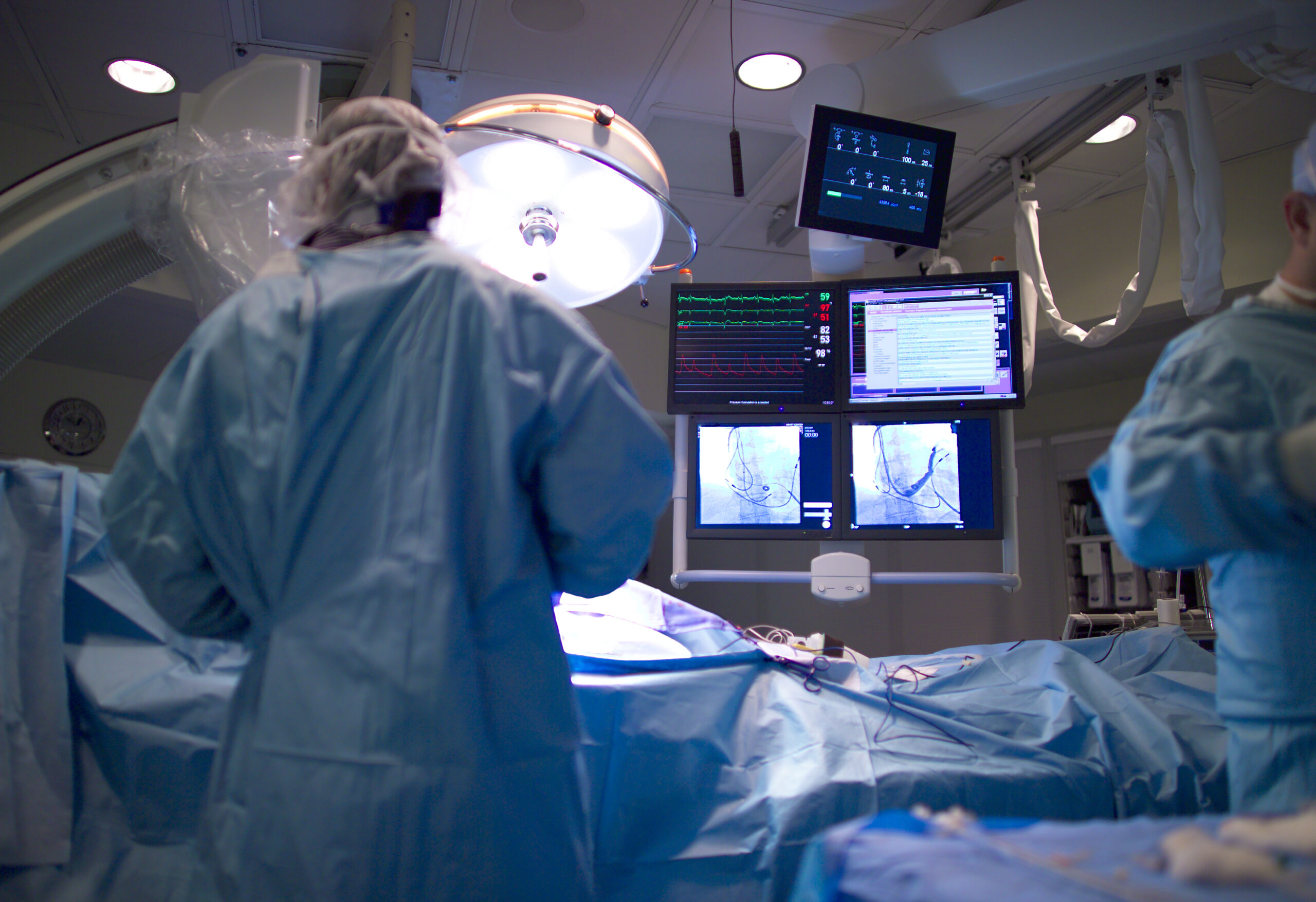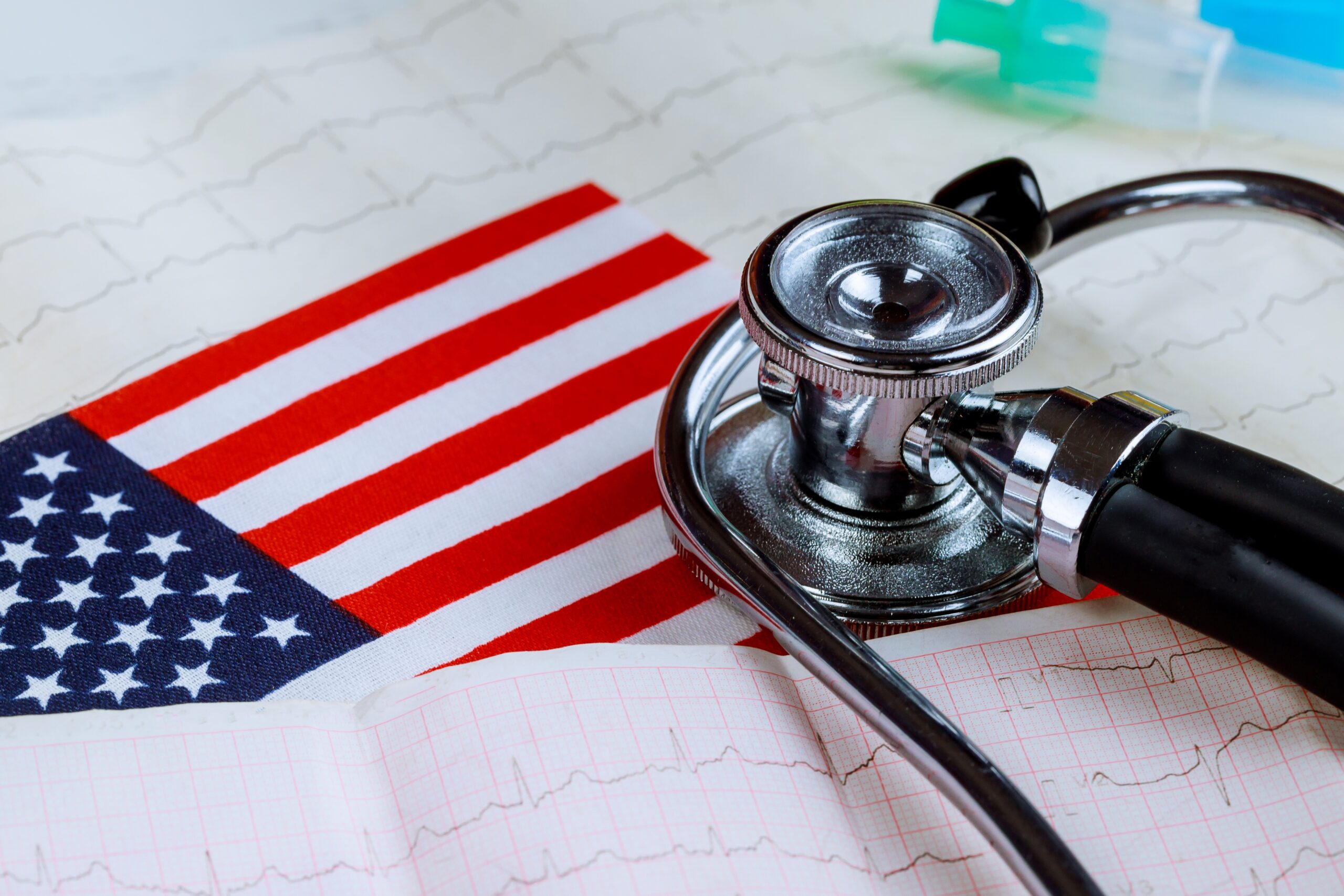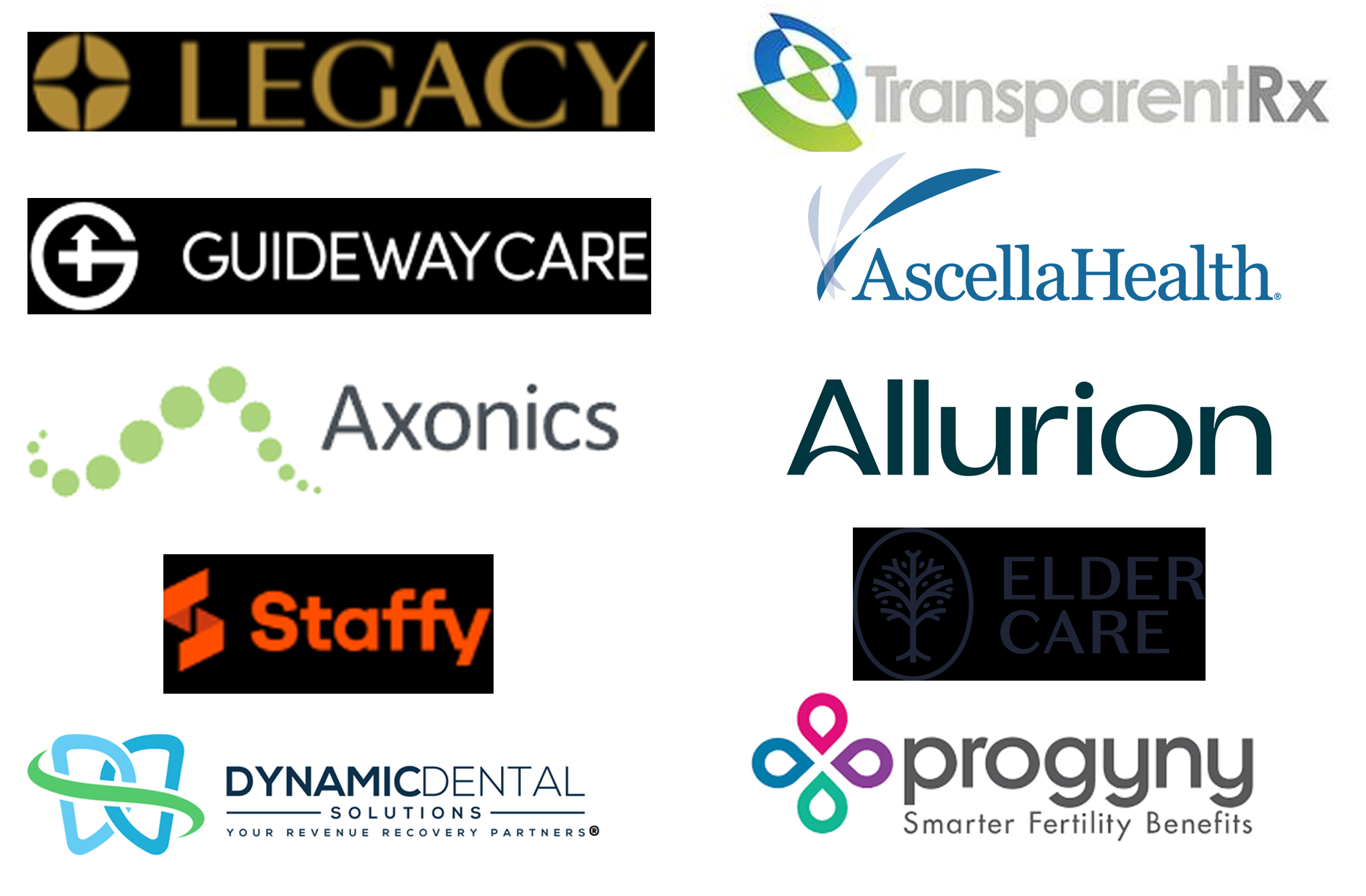Patient-generated health data (PGHD) is a major trend in healthcare for 2023. In fact, multinational contract research organization (CRO) Syneos Health included a discussion of PGHD in their 2023 Health Trends report.
PGHD refers to data that is generated by patients through their interactions with medical providers, devices and other digital health trackers. It can provide valuable insight into a patient’s health and well-being, helping physicians identify patterns, predict risks and develop personalized treatments.
It also enables data sharing between the patient, their care team and other healthcare stakeholders such as payers and pharmaceutical companies. By utilizing this source of data to its full potential, healthcare providers can provide comprehensive and targeted care for patients that is tailored to the individual circumstances of the patient.
Collection of PGHD is the ultimate form of real-world data (RWD), capable of providing a much more complete picture of health without placing any increased burden on patients. The key advantages include improved patient outcomes, greater efficiency, better access to data and more personalized care.
Benefits of PGHD for Patients
PGHD can be a powerful tool for improving patient care and outcomes. Patients have the potential to gain a better understanding of their own health journey, take more control over their health care and ultimately improve their overall well-being. This data source also opens up new avenues of communication between patients and healthcare providers, allowing for timely exchange of information, which can lead to better diagnoses, treatments and management.
Patient data collected from patients outside of the traditional healthcare setting can provide additional insights for providers that may not be available elsewhere. PGHD can also help reduce health disparities in underserved populations by providing valuable information about patient experiences and outcomes.
Benefits of PGHD for Healthcare Providers
PGHD can help healthcare providers more accurately diagnose and treat patients. It can provide insight into the experiences of individual patients, including how treatments are impacting them and how they are managing their healthcare activities. This can enable providers to tailor treatment plans to the specific needs of each individual patient.
It also enables physicians to have greater insight into the daily activities and experiences of their patients, allowing them to better monitor progress and make timely interventions. It can help identify gaps in care, guide provider decisions about patient management, reduce costs associated with healthcare delivery and improve the overall quality of healthcare services. It can also support research on population health trends and outcomes.
XTALKS WEBINAR: Implementation Science: Driving Successful Uptake of Medicines and Medical Innovations in Healthcare Delivery
Live and On-Demand: Wednesday, June 28, 2023, at 10am EDT (4pm CEST/EU-Central)
Register for this free webinar to learn how implementation science methods and research approaches can help provide the evidence needed to support the uptake, adoption and sustained use of new medicinal products and medical care innovations in a range of real-world contexts.
Ways to Collect PGHD
PGHD can be collected in a variety of ways, from online surveys to wearable devices. Health data collected through online and mobile platforms can provide valuable insights into patient behaviors, preferences and experiences when interacting with healthcare systems.
Wearable devices allow for the collection of data about physical activity levels, sleep patterns and other health metrics that can be used to monitor health status and make data-driven decisions. This data can also be collected through patient portals, remote monitoring systems and other digital health tools.
PGHD collected in this way can help to improve communication between patients and providers, as well as provide valuable insights into patient behavior that can aid in diagnosis and treatment.
The Importance of Tokenized, Anonymized PGHD
Like other forms of sensitive data, it is essential that all PGHD collected is tokenized and anonymized to protect patient privacy. Tokenizing this data helps ensure that it cannot be traced back to an individual patient while still allowing the data to be used for research purposes or other applications.
Anonymizing also helps maintain the integrity of the data by preventing it from being manipulated or used for malicious purposes. Data collected through digital platforms should also be encrypted to ensure that the data is secure and cannot be accessed by unauthorized parties.
Current Barriers to Widespread Adoption
Despite the potential of PGHD, there are still barriers to its widespread adoption. Concerns about privacy and security remain a major factor, as does access to technology needed for data collection.
On the global scale, about 30 percent of individuals between the ages of 16 and 64 who actively use the internet also own a smartwatch device, and this number has jumped nine percent from 2022. Despite their widespread popularity, the cost of these smartwatches still presents a major barrier for many individuals.
Healthcare systems must also have adequate infrastructure in place for PGHD collection and processing. There is also a need for more research into the effective use of PGHD to ensure that this patient data is being used in the most effective way for both providers and patients. Additionally, there must be incentives for healthcare providers to use this data in their practice in order to ensure widespread adoption.
Challenges of Processing Large PGHD Datasets
Processing large patient-generated datasets presents a number of challenges. PGHD is often stored in disparate systems and formats, making it difficult to access and aggregate data across multiple platforms. Additionally, data collected from digital platforms may be incomplete or inaccurate due to user error or technical issues.
Patient data must also be carefully processed to ensure that it is accurate and up to date. This data must also be appropriately categorized and labeled to ensure that data is being used correctly. All of these challenges require significant resources and expertise, making it difficult for many healthcare systems to effectively process large PGHD datasets.
And perhaps the biggest pitfall of all is the tendency for healthcare professionals to collect data for data’s sake. Just because something can be measured, doesn’t mean it’s relevant. Sometimes, more data is just noise that requires valuable and limited resources to sort, store, analyze and attempt to make use of. Since PGHD promises to be among the most passive data collection options ever available in the healthcare space, organizations must not fall into the trap of capturing every possible data point in case it comes in handy later.
Future Potential
The potential of PGHD is only beginning to be realized. It holds the promise of transforming healthcare delivery by providing more comprehensive, real-time data that can be used to improve decision-making and outcomes. It can also help to reduce costs and improve patient engagement and satisfaction.
PGHD has the potential to revolutionize how healthcare systems deliver care, and its widespread adoption could have a tremendous impact on the quality of care delivered to patients. It offers the potential for improved healthcare outcomes through better-informed decisions and targeted treatments. As this type of patient data becomes more widely adopted, it will become increasingly important for healthcare systems to develop strategies that ensure PGHD is collected securely, processed correctly and used in the most efficient way to improve patient care while reducing costs associated with healthcare delivery.












Join or login to leave a comment
JOIN LOGIN